Detailed Explanation of Terms, Parameters, Design and Selection of Lithium Batteries
As a battery type widely used in the current battery field, lithium battery plays an important role in portable equipment, electric vehicles, energy storage systems and other fields. This article will analyze 10 terms, parameters, designs and choices related to lithium batteries in detail to help readers better understand and choose lithium battery products suitable for their own needs.
1. Battery Capacity (Capacity)
battery capacity refers to the amount of charge that can be released by the battery under specific working conditions. The unit is usually ampere (Ah) or milliampere (mAh). The larger the capacity, the more power the battery stores, and the usage time will be correspondingly prolonged.
2. Rated Voltage (Nominal Voltage)
rated voltage refers to the nominal voltage of the battery under normal working conditions. For lithium batteries, it is usually 3.7V. In actual work, the voltage of the battery will fluctuate within a certain range.
3. Cycle Life
charge-discharge cycle life refers to the capacity of the battery to maintain its original level after a specific number of charge-discharge cycles. Cycle Life is an important indicator to evaluate the service life of batteries.
4. Maximum Charging Current (Max Charging Current)
the maximum charging current refers to the maximum charging rate that the battery can withstand. Exceeding this current may cause damage to the battery. Reasonable control of charging current can prolong battery life.
5. Maximum discharge Current (Max Discharging Current)
the maximum discharge current refers to the maximum discharge rate that the battery can withstand. Exceeding this current may lead to overheating or damage of the battery. Reasonable control of discharge current can protect battery safety.
6. Internal Resistance (Internal Resistance)
the internal resistance of the battery is the size of the internal resistance of the battery, which affects the discharge performance and efficiency of the battery. The smaller the internal resistance, the better the discharge efficiency and performance of the battery.
7. Overcharge Protection (Overcharge Protection)
overcharge protection refers to when the battery is chargedAfter a certain voltage, it will automatically stop charging to prevent the battery from overcharging and protect the safety and life of the battery.
8. Over-release Protection (Overdischarge Protection)
over-discharge protection means that after the battery is discharged to a certain voltage, it automatically stops discharging to prevent the battery from over-discharge and protect the safety and life of the battery.
9. Temperature range (Operating Temperature)
the temperature range of the battery refers to the temperature range that the battery can work normally. Too high or too low temperature will affect the performance and life of the battery.
10. Design and selection
in select lithium battery the battery capacity, cycle life, charge and discharge rate, safety protection and other factors need to be considered according to actual needs. Reasonable design of the battery system and selection of battery products that meet the requirements can ensure the safety and reliability of the battery system.
As an important battery type, lithium battery is widely used in various application fields. Learn about batteriesTerms, parameters, design and selection principles are of great significance for users to purchase and use lithium batteries.
 Dongguan Juneng New Energy Technology Co., Ltd.
Dongguan Juneng New Energy Technology Co., Ltd.
 137 5142 6524(Miss Gao)
137 5142 6524(Miss Gao)
 susiegao@power-ing.com
susiegao@power-ing.com
 Xinghuiyuan High tech Industrial Park, Dalang Town, Dongguan City, Guangdong Province
Xinghuiyuan High tech Industrial Park, Dalang Town, Dongguan City, Guangdong Province


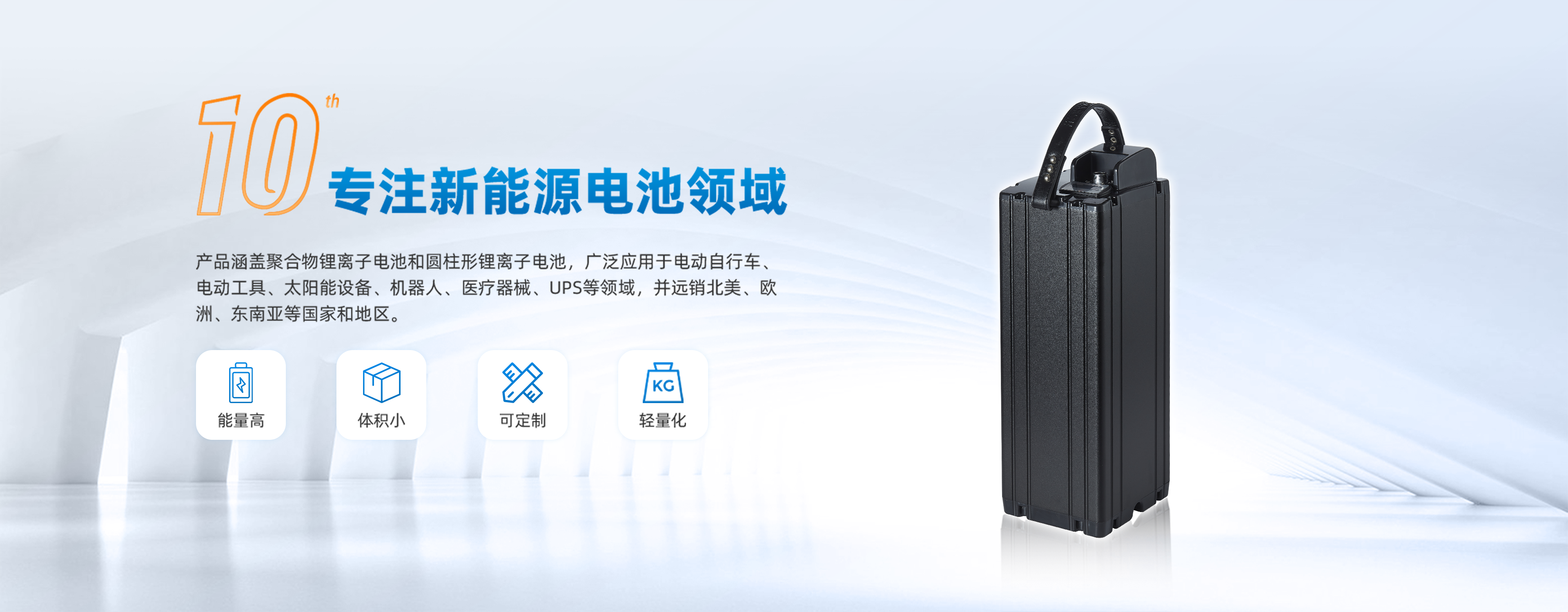
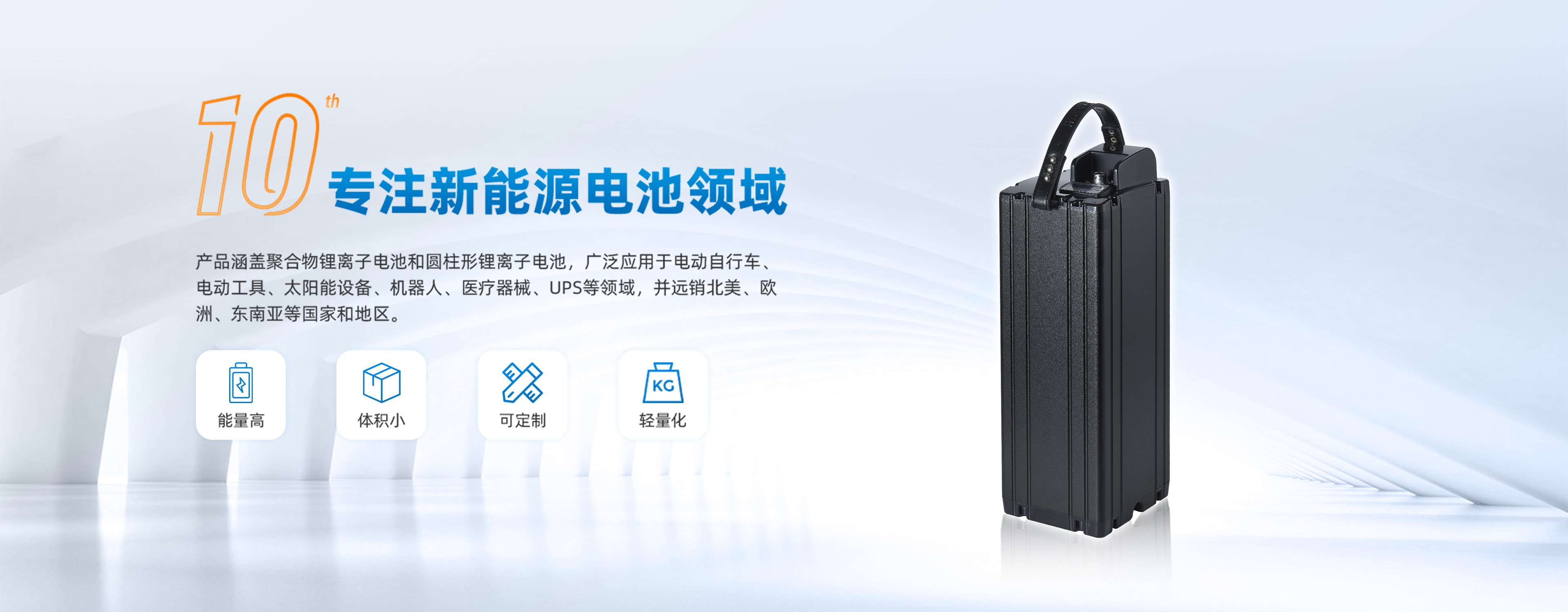
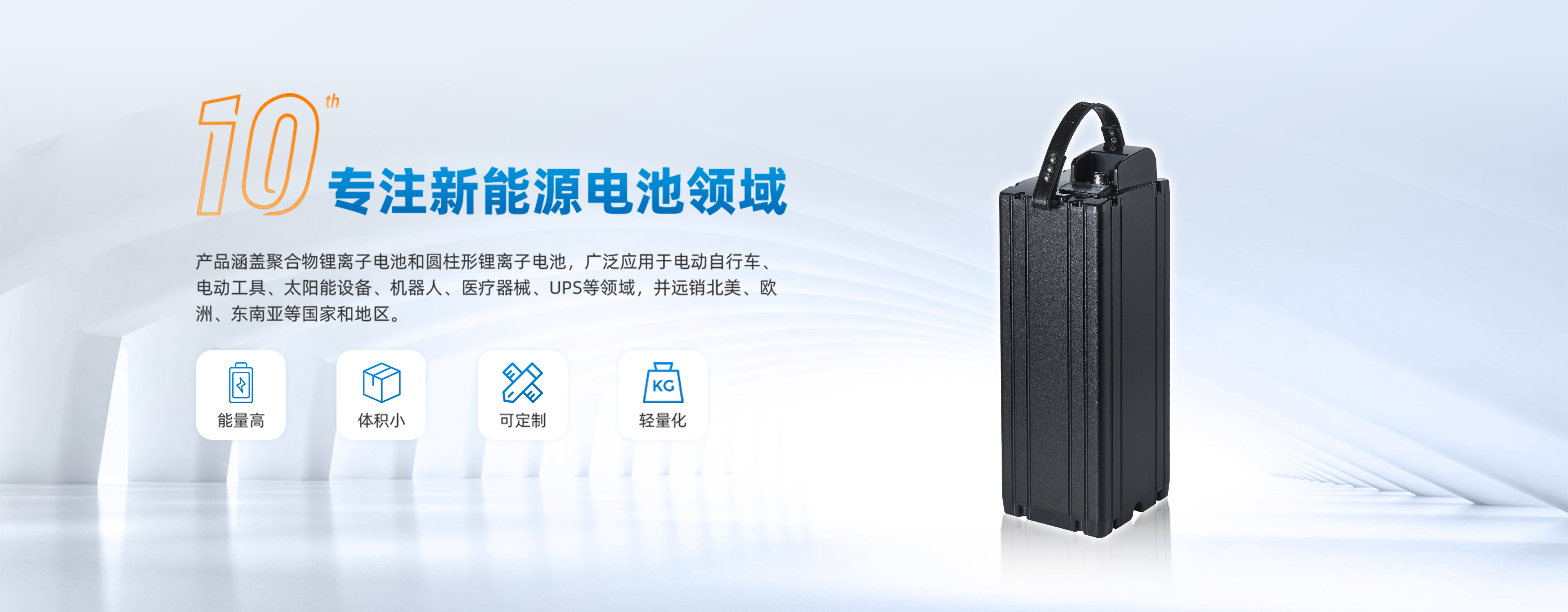



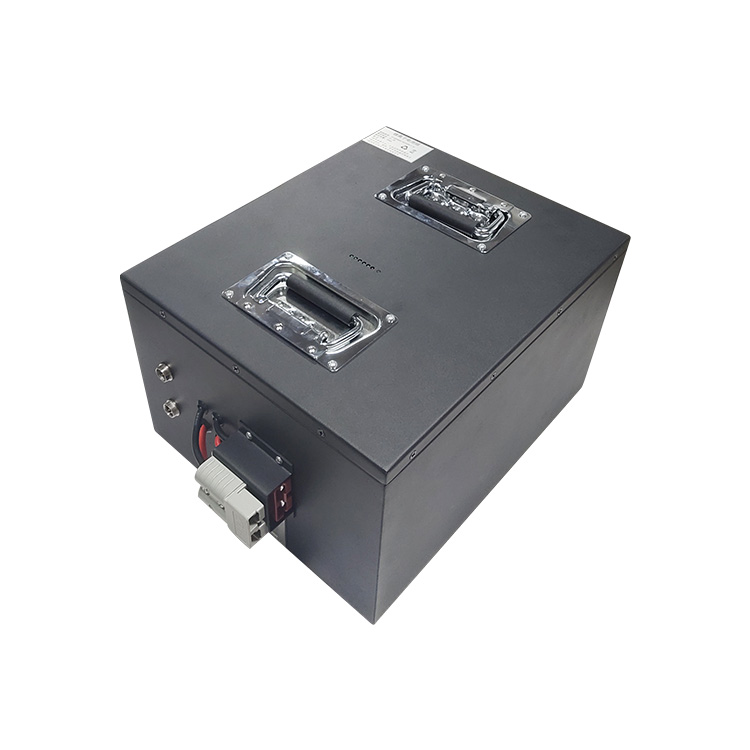


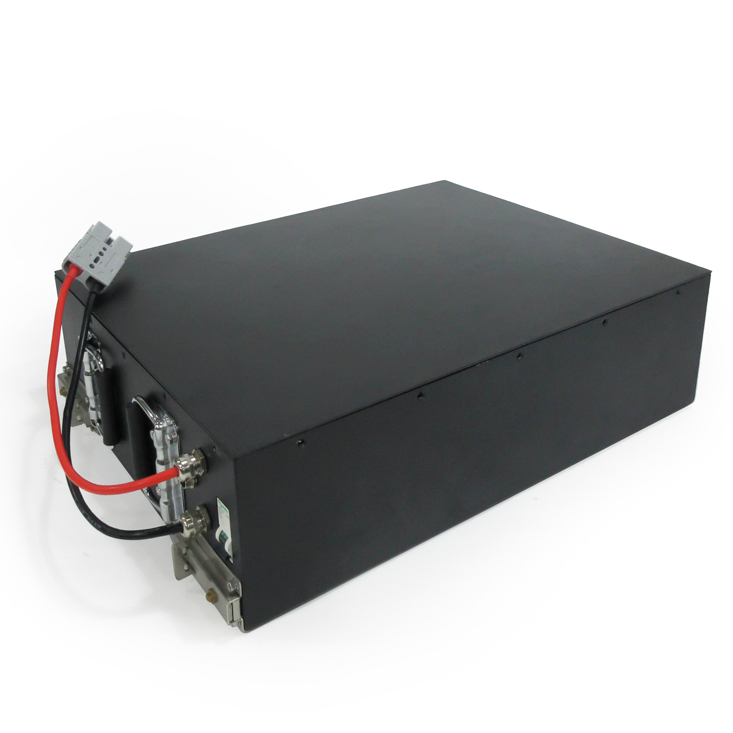

 Yue Gong Wang An Bei No. 4419002007491
Yue Gong Wang An Bei No. 4419002007491